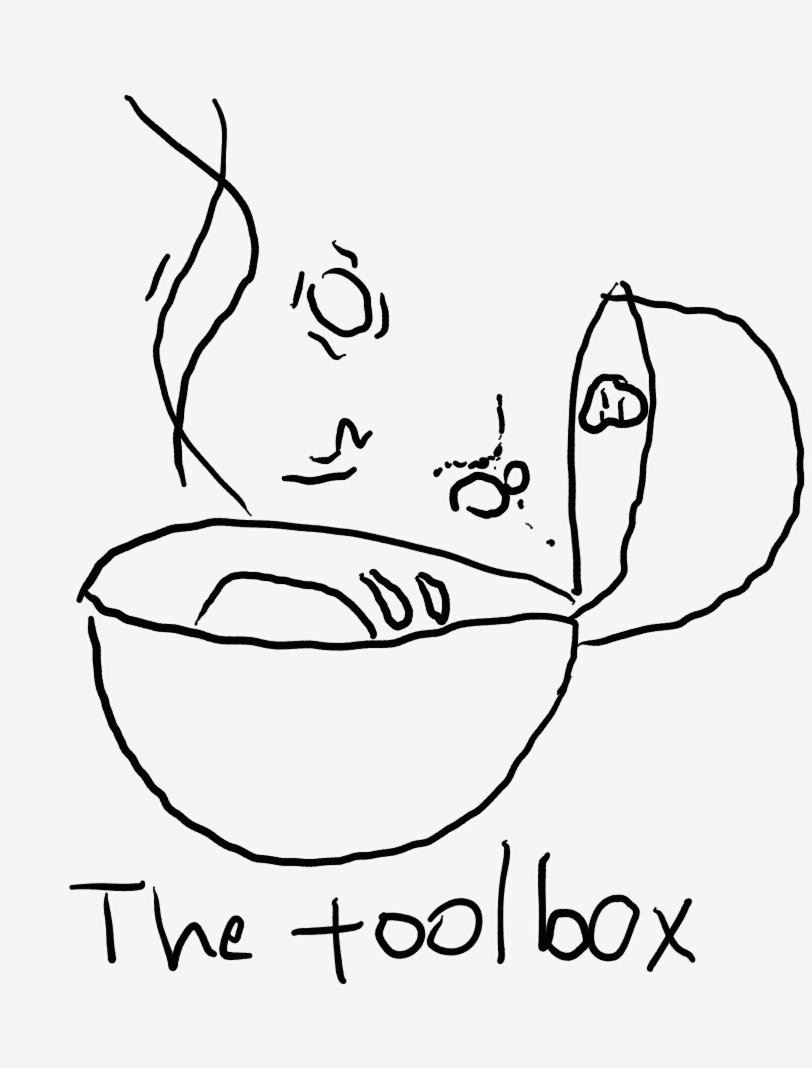My past two blogs explored the broad topics of gene expression and epigenetics. Oh boy, our cells’ genetic complexity skyrockets after considering the role epigenetics has in biology. This time, I will focus on non-coding RNAs and how they affect gene regulation and cell activity. These molecules, as the name implies, are not translated into protein. Instead, these once-dismissed molecules are important to cell physiology and scientists are discovering functions daily.
There are several known non-coding RNA species, such as short, long, and circular RNAs. Short non-coding RNAs include micro RNAs (miRNAs) which are about 22 nucleotides in length. Long non-coding RNAs are usually polyadenylated molecules but do not have an open reading frame. And circular RNAs, as one can glean from the name, are a uniquely spliced linear RNA molecule in a circular form. These distinctions are relevant for how we at Cofactor Genomics enrich for these molecules for sequencing; each non-coding RNA requires a specialized protocol (topics for another day).
Why do we care about non-coding RNAs? Well, researchers are learning they are crucial for cell and animal development. In fact, miRNAs and long non-coding RNAs are being studied as potential therapeutic tools and biomarkers, highlighting the significance and possible uses of non-coding RNA in human health. Intriguingly, miRNAs which bind target transcripts and inhibit translation have been shown to be regulated themselves by their non-coding brethren. This ‘cross-talk’ between non-coding RNAs highlights even more regulation (1) and how impressive the cell’s toolbox is for measuring and modulating transcript levels.
Over the rest of this series, I will dedicate a blog to each of these non-coding RNAs and how each species is thought to affect gene expression.


